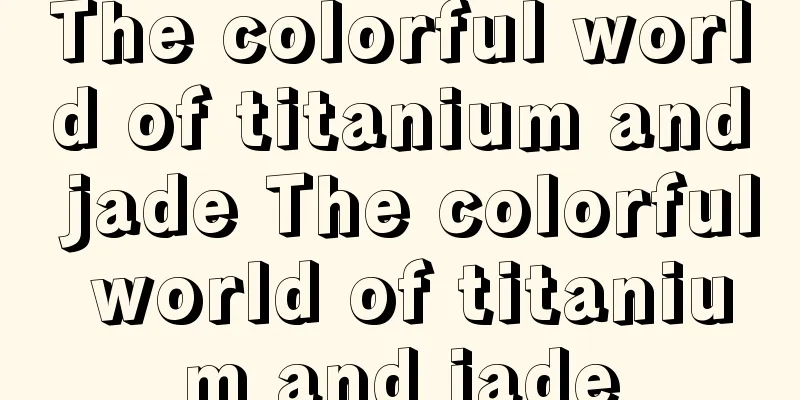Why is there a "hole" on the back of a good jadeite?

|
As the saying goes, hide gold in troubled times and hide jade in prosperous times. With the improvement of living standards, jade has gradually entered thousands of households. When a jade pendant is hung on the chest, many people don’t understand one question - why is there an arc-shaped concave pit carved on the back of the jade pendant? Some people even suspected that the sculptor took a piece and kept it for himself. It has to be said that similar situations occur behind many jade pendants. Among them, Buddha and Guanyin are the most representative. Careful people will also find that these carved depressions are not a unified requirement of the craftsmanship. Because some depressions have a large area ratio, some are small; some depressions are very deep, while others are relatively shallow. Some people just don’t understand why such a good piece of jade needs to be “operated” on behind the back? Isn't this just adding to the workload? In fact, people in the industry understand this very well. This "digging" technique is actually a test for the sculptor. If this "pit" is dug well, it will make the jade more translucent and moist, and its value will increase. If the "digging" is not done well, the entire work will lose its luster and its value will decrease. In the industry, this "digging pit" technology is called "water diversion." As the name suggests, it means to adjust the water head. Everyone knows that the most critical factor that determines the value of jade is its "water quality". In other words, the quality of the jade is determined before it is carved. How can the water head be adjusted by "digging a hole"? It is undeniable that even glass-type jadeite will be diminished when light passes through it. In other words, the thinner the jade is, the higher its light transmittance and the better its water content appears. Therefore, one of the reasons for "digging a pit" is to make the jade thinner and increase its translucency. Is it true that the deeper the pit, the better? Not really, because the quality of each piece of jade is different, and the transmittance and refractive index are also different. Therefore, how to adjust the water content and make the light refract inside the jade, so that the whole piece of work is more spiritual, is a great test for the sculptor. Some people may ask, do all jade pendants need to be adjusted with water? Not really. Some works do not need to adjust the water quality due to their water quality and design reasons. There are also some pendants with top-level water quality that do not need to be adjusted in order to show their domineering, willful, and colorful water quality no matter how they are carved. fcgc66 fcpf18
|
<<: Is Grade A jade a high imitation?
>>: I heard that it wants to be the successor of jadeite?
Recommend
Jade Ruyi, as I wish
Ruyi is a common jade ornament and also one of th...
Awakening the spirituality of the original stone is the art of subtraction
Jade has its own value. It is the historical miss...
Do you know the meaning of wearing a jade bracelet?
In the kingdom of jewelry, many women have a spec...
The black jade pendant is made of only one button, which is the "simplicity is the best"
Previously, there was a male customer who said th...
It's obvious that the certificate is fake! The easiest way to identify jadeite
Whenever we talk about buying jadeite, Teng Pu Pa...
Jade Appreciation | 2019 "Lu Zigang Cup" Boutique Exhibition
On the morning of September 27, the 11th China Su...
Are round bracelets more expensive than flat bracelets? Just take a look and you will know!
First of all, to determine whether a jade bracele...
Is it really a surprise that a small piece of gray jade can be carved into a Buddha pendant with a strong ice-gel feel?
As the saying goes, "Don't judge a book ...
Do jade textures affect its value?
Lines are a very natural phenomenon of objects, s...
How do experts appreciate jadeite? It turns out there is a secret formula!
There are many ways to identify jadeite, and ther...
The king of jadeite—introducing high-quality jadeite!
We often hear the term high-quality jadeite, whic...
Have you learned how to look at jadeite?
For ordinary people, a flashlight is just a light...
How to polish jadeite correctly? People who don't understand are still doing this, and they have learned
Jade appears around us more and more frequently. ...
With exquisite craftsmanship and profound artistic conception, these jade carvings are as beautiful as a painting
Jade carving is when jade carvers carve meaningfu...
Some people say that good luck-bringing jewelry is not just a psychological effect of yearning for beauty. What do you think?
Why do so many people in China (or the East) like...









